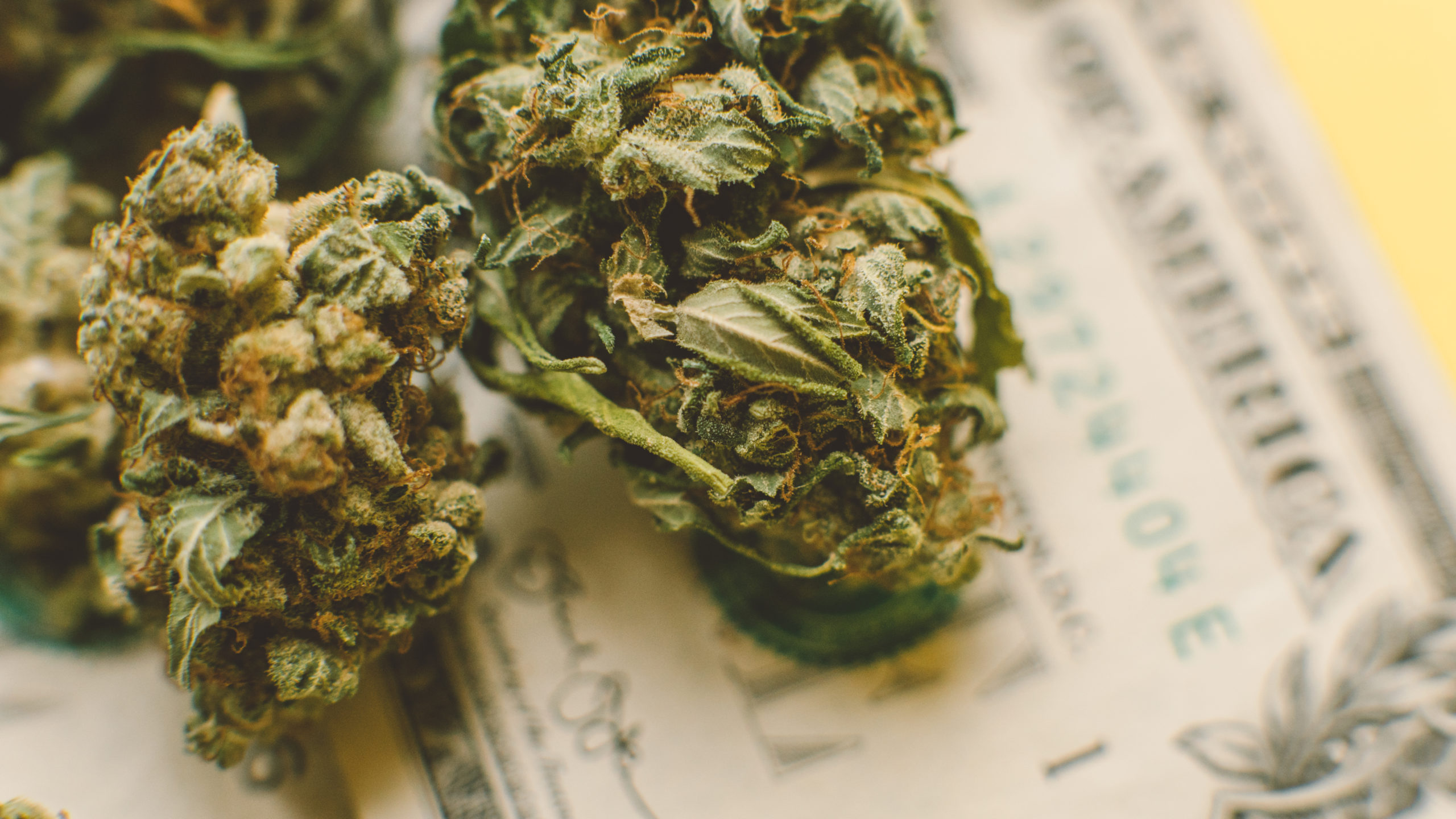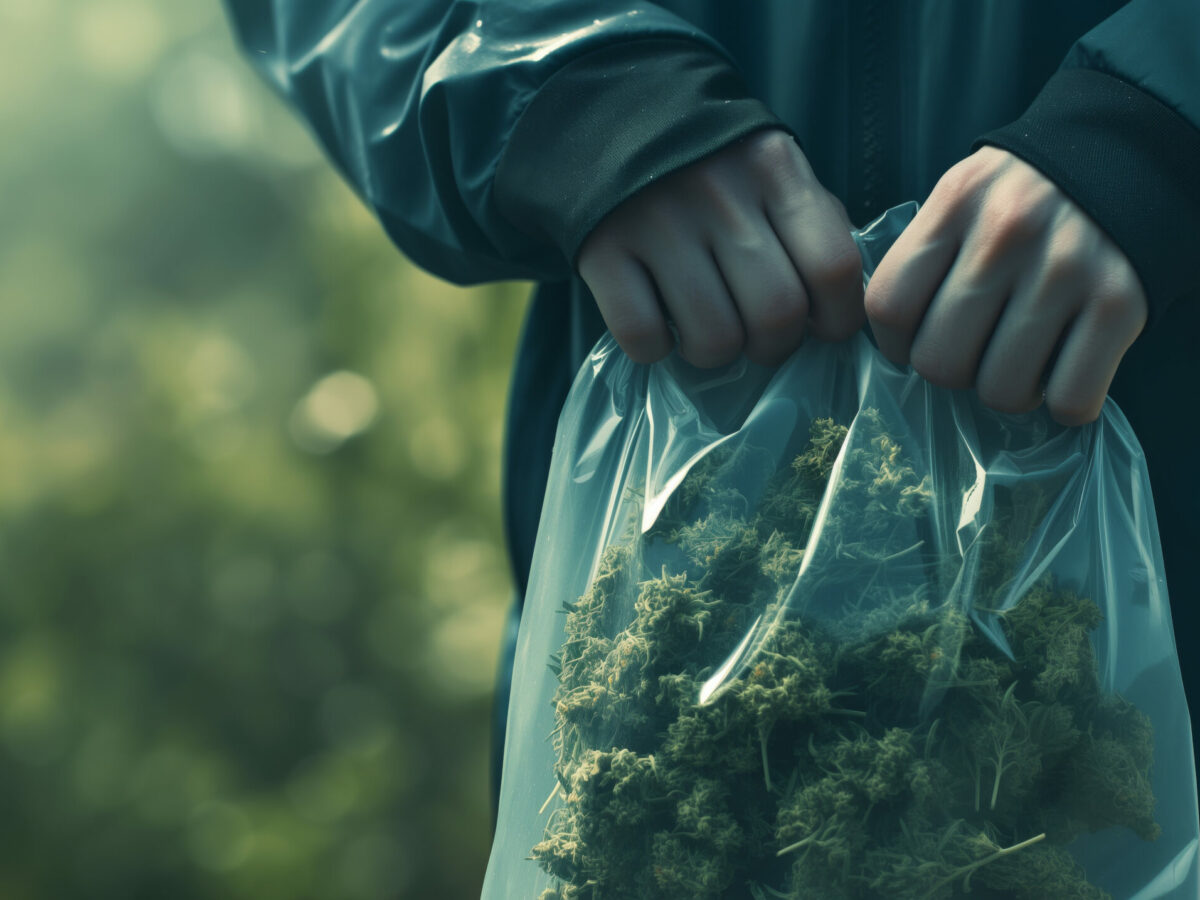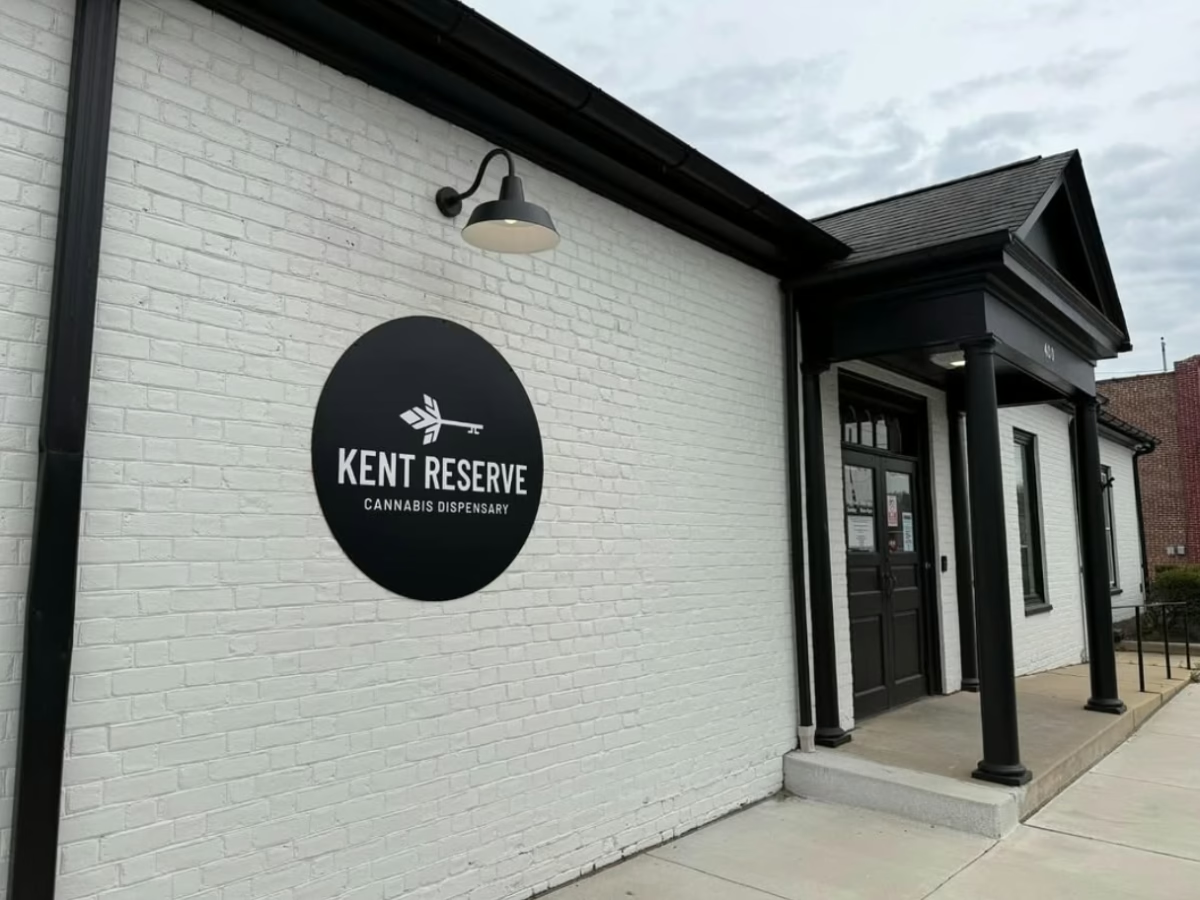Two months after the conclusion of a legislative session that put cannabis legalization on the November ballot, a panel of Maryland lawmakers reconvened on Tuesday to discuss how to best regulate recreational pot, from setting tax rates to licensing rules and more.
Only seven of the 11 lawmakers on the Maryland House Cannabis Referendum and Legalization Workgroup showed up for the roughly hour-long briefing, during which they got to ask questions from a guest expert in the field of weed regulation.
John Hudak, a senior fellow and cannabis policy expert at the Brookings Institution in Washington D.C., said state lawmakers must consider any future regulatory framework as an “exceptionally complex series of interrelated policies and choices.”
Hudak stressed the importance of creating an equitable regulatory structure while supporting new cannabis businesses and undermining Maryland’s black market for weed. “Ultimately, regulatory policy is social equity policy, and the choices you make in designing a regulatory system directly impact how your system will be in operation,” he told lawmakers.
“To achieve greater balance, greater parity, greater equity, the legislature should lead from the start and ultimately charge a potential regulatory agency to foster an environment of cooperation, patience and education, especially for new business owners, small business owners and business owners from non-traditional backgrounds.”
Along with putting legalization up to voters, the General Assembly this spring determined how much weed adults will be allowed to possess, grow and gift come 2023. They also approved some criminal justice reforms and social equity measures.
But the legislature didn’t set detailed rules for retail sales, licenses, taxation or anything resembling a framework for the recreational industry. Some lawmakers – including Sen. Brian Feldman, Sen. Jill Carter and Del. Gabriel Acevero – had proposed bills with more complete regulatory frameworks and extensive reparative measures in hopes of speeding up legalization, but General Assembly leaders opted to punt on those decisions until next year.
On Tuesday, workgroup chair Del. Luke Clippinger noted Maryland’s new law (HB 837) also requires completion of a disparity study by November, which he said will provide a road map to creating a licensing structure that fosters a diverse recreational market.
“We have to be focused, thoughtful and deliberate in our work, though, and we will work towards a perfect process,” Clippinger said.
Hudak spent most of the meeting taking questions on how other states have approached taxation and regulation of recreational weed. Responding to a question from Del. Eric Luedtke, he laid out various tax structures that states have created around retail weed.
While Washington initially opted for a (now-reformed) framework that taxes cannabis three times from production to point of sale, Alaska, California and Maine impose excises based on weight. Meanwhile, New York and Illinois base taxes on weed’s potency, and New Jersey has a sliding scale based on the price of cannabis.
Hudak said “the jury is still out” on the success of potency-based and sliding-scale systems, but whatever lawmakers choose, they should be aiming to ultimately get customers away from the black market.
“Put yourself in the shoes of the average cannabis consumer in Maryland,” Hudak said. “How are you going to react to certain price levels, to certain tax levels? Is it going to keep you in the black market? Or is it going to allow you the economic freedom to transition into the legal market?”
Del. C.T. Wilson said he wants Maryland to make that the primary goal, rather than aiming to rake in tax revenue to fund various programs. “I don’t believe that this should be a windfall for the state of Maryland at all,” Wilson said. “I think the goal of the legislature, if indeed this passes, was to take this out of the criminal market.”
Del. Darryl Barnes and Del. David Moon both asked about licensing structures, including what the recommended number should be and if Maryland should issue dispensary licenses geographically based on population density.
Hudak advised studying cannabis user demand across the state before making any decisions on license caps and noted that spreading dispensaries out is preferable to concentrating them in a few areas. “Having cannabis dispensaries spread out across Maryland is something that is good for Maryland,” he said.
As for licensing application fees, which can range from hundreds of dollars to tens of thousands, he said anything more than four figures can be onerous for companies, particularly for new, women and minority business owners who are just starting out.
Arguably more important, he said, is that the state provide adequate support for those businesses once they’re off and running. “The worse thing than not allowing minority ownership in the cannabis industry is to allow minority cannabis ownership in the industry that sets them up to fail,” Hudak said.
Under the cannabis reform bill passed last March (HB 837), which outgoing Republican Gov. Larry Hogan let become law without his signature, adults age 21 and up can legally possess up to 1.5 ounces of cannabis and grow up to two plants per household starting next July. (In the meantime, possession of up to 2.5 ounces will become a civil offense punishable by a fine starting Jan. 1.)
The law also mandates releasing and expunging the criminal records of people with cannabis offenses, creating a fund to help minority and women entrepreneurs, and studying the impact of legalization on youth use, impaired driving, advertising and more.
Clippinger said the work group will meet again to discuss more regulatory topics after statewide primary elections on July 19.
The upcoming ballot referendum on legalization is expected to easily pass on Nov. 8, with Goucher College’s latest poll indicating 62% of adults support cannabis legalization while 34% are opposed.






